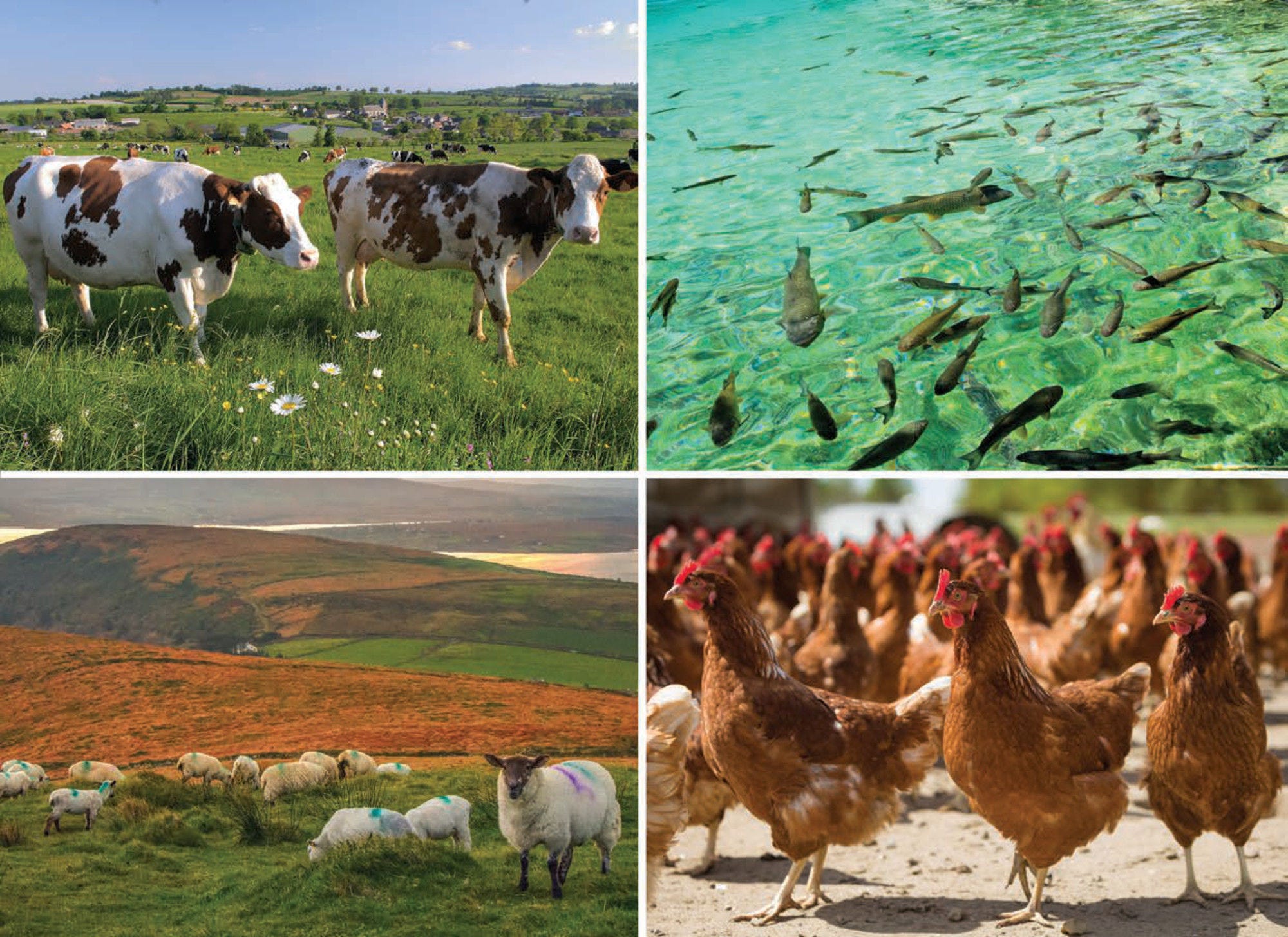Generally speaking, OIE countries indicate a systematic consideration of international standards. Ninety nine per cent of respondents (144 countries) indicated that international standards are considered when developing sanitary requirements in their domestic legislation. (Only one country indicated it does not consider international standards). However, this consideration is not necessarily a legal or policy requirement. Only 57 countries responded it was a legal requirement, while 87 indicated that international standards were applied by policy but not specified in the legislation (Kahn, 2018[1]). In the absence of legal requirements to adopt international standards, their consideration is not necessarily systematic.
The legislative provisions requiring consideration of international standards tend to include broad requirements to consider “relevant international standards” in general when developing domestic regulation on animal health. Additional references are also made to OIE standards as the reference for animal health standards. Explicit references to specific standards or Code chapters are not found in the legislative documents themselves provided in the survey answers and publicly available.
The EU Animal Health Law1 refers in its preamble to the WTO SPS Agreement, recalling the EU’s rights and obligations in this respect. In particular, the Preamble states that “If international standards exist, they are required to be used as a basis for Union measures. However, the parties to the SPS Agreement have the right to set their own relevant standards, provided that such standards are based on scientific evidence.”2 In addition, the EU mirrors the SPS Agreement in considering the OIE standards as the reference standards on animal health. It highlights that “In order to reduce the risk of trade disruption, Union animal health measures should aim at an appropriate level of convergence with OIE standards.”3 In addition, the Health Law makes reference to taking into account relevant international standards for various specific obligations.4 In these cases, however, the relevant international standards are not explicitly mentioned.
New Zealand Biosecurity Act of 1993 (revised in 2012)5 acknowledges that all frameworks, codes of practice, standards, requirements, or recommended practices of international or national organisations” can be incorporated by reference into a national biosecurity document (art 142 M), suggesting that the variety of OIE instruments, whether from the Codes and Manuals or other normative instruments, may be considered for incorporation. In addition, the Biosecurity act bases certain of its legal provisions on international obligations. For example, it justifies the provisions on surveillance and prevention of New Zealand’s status in regard to pests and unwanted organisms on the aim of enabling “… any of New Zealand’s international reporting obligations and trading requirements to be met.” (art. 42). International obligations suggest however rather binding obligations, that go beyond technical standards.
Ukraine defines “relevant international organisations” with the OIE as well as “other international organisations that develop international standards, guidelines and recommendations related to animal health and product safety”. More broadly, the law includes many references to consideration of relevant international standards in the drafting of domestic provisions, for example in the definition of an adequate level of protection of the health of animals and related health of people.6
As voluntary standards, the OIE Members may choose to apply a higher level of protection as long as they have scientific justification for it. When trading partners experience a concern with a country’s lack of use of international standards, it may raise a specific trade concern in the SPS Committee of the WTO.
A majority of OIE respondents to the 2018 survey noted that they apply a risk analysis as the basis for setting sanitary measures.7 In addition, 41% of respondents indicated that they used the Handbook on import risk analysis for animal and animal products (Vol. I) systematically.8
However, 55% of OIE countries responding to the OIE 2018 survey indicated that they do not systematically provide justification to trading partners when imposing import measures that are stricter than OIE standards (Kahn, 2018, p. 3[1]).9 This suggests that even if OIE countries have legislation in place concerning risk analysis, the conduct of such analysis is not systematically used to justify deviations from OIE standards.

